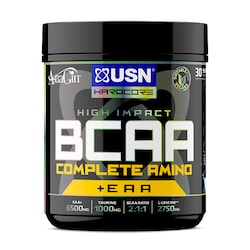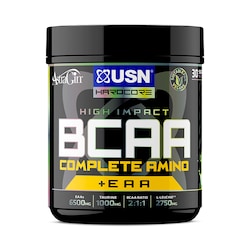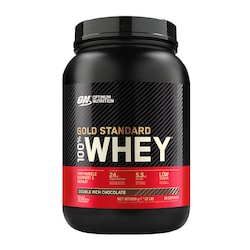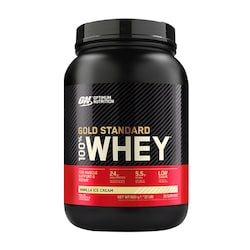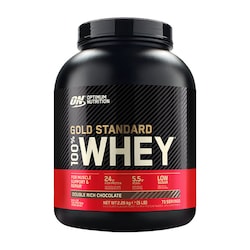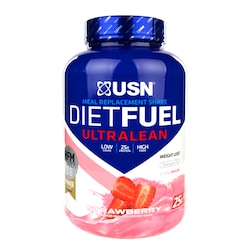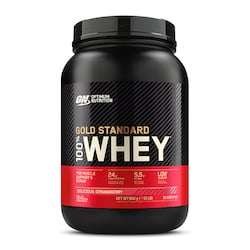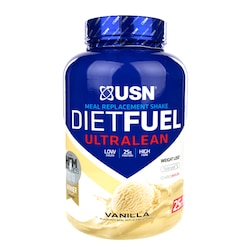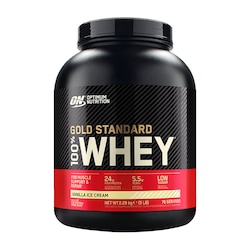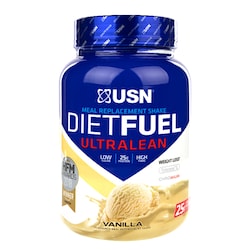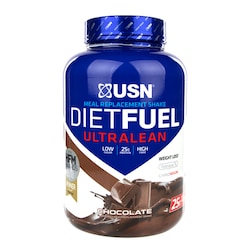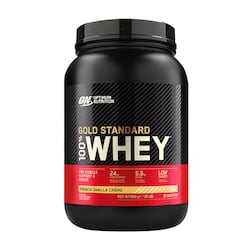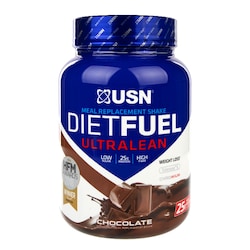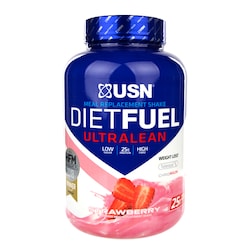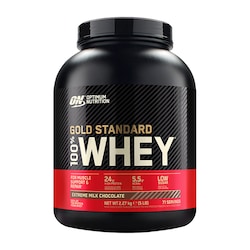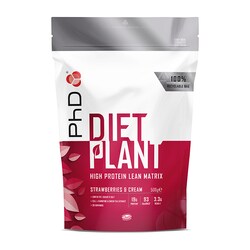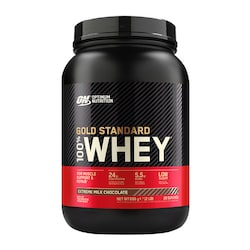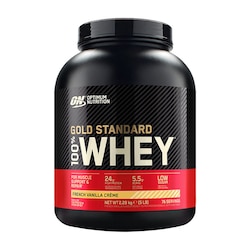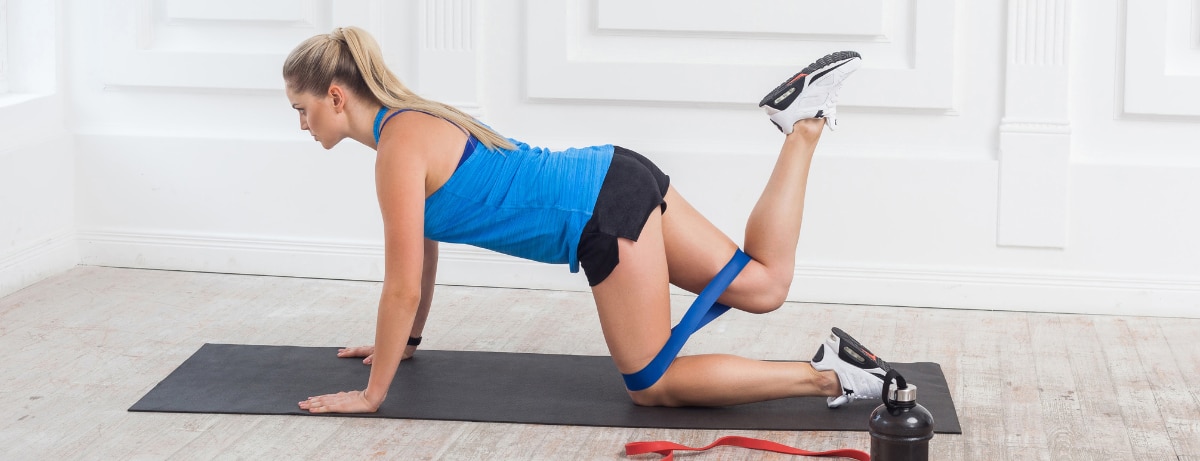15% off £30 OR 20% off £40
The best exercises for sustainable bulking
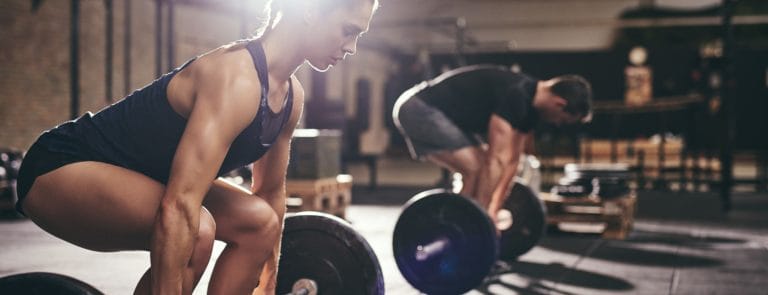
When it comes to packing on mass, what you eat is only part of the battle.
Consuming enough calories and protein is important, but if you want to gain hard muscle rather than fat, you need to complement your diet with the right exercise program.
How muscles grow
To bulk up your muscles, you need to put enough stress on them to cause tiny micro-tears in your muscle’s protein strands. This is known as myofibrils, which happens during resistance exercises such as squats and deadlifts.
During the period of rest which follows a workout, your muscle cells repair themselves.
They do this by creating new protein strands which fuse together and gradually form new layers of muscle. This is known as hypertrophy.
This is where your diet comes in, as you need to be eating enough protein, healthy fats, vitamins and mineral to enable the immune system to repair the muscles quickly.
It’s also the reason why these exercises can leave you sore the next day, because your muscles are actively regenerating.
There are 5 main exercises which are particularly effective for bulking, which are; the squat, the deadlift, the military press, the bent over row and the bench press.
These are known as compound exercises, as they work several different joints and muscle groups at once.
Aim to do around 4 sets of each of the following exercises. When bulking, the rep range will be between 8-12 repetitions (reps) per set, as this is considered the best range for muscle hypertrophy.
Handpicked content: Workout plan for gaining weight
How to do a squat
- Stand up straight with your feet slightly more than hip-width apart.
- Keeping your spine straight, and your bottom sticking out, bend your knees until your thighs are parallel with the floor, and then dip a little bit further.
- It’s important to keep your spine straight and not to bend forwards, which will shift the pressure onto your knees and lower back rather than onto your leg and buttock muscles.
- A weighted squat is when you are holding either free weights, or an olympic bar on your shoulders.
The deadlift
- With the bar at your feet, bend your knees so your bottom sticks out, and grab the bar with both hands at about a shoulder-width apart.
- Ensure you are keeping your spine straight.
- In one controlled movement, stand up straight and bring the bar up to rest at just below hip-level then bend your knees again returning the bar to the floor.
- Look forward throughout the exercise, not up at the ceiling or down at the floor.
The military press
- Hold a weighted olympic bar at the top of your chest with your hands a little more than shoulder-width apart, before lifting it above your head and fully extending your arms.
- As your lift the bar above your head, your elbows should be in line with your wrists and you should have a straight spine and your head should be facing forwards.
- Your legs and hips shouldn’t move during this, meaning your upper body is in full control of the weight.
The bent over row
- Stand in front of your bar with your feet shoulder-width apart.
- Bend your knees and use your abdominal muscles to bend forward, keeping a straight back.
- Grab the bar a little wider than shoulder-width apart.
- With the power coming from your shoulders, pull the weight up towards your chest while straightening up slightly, but not all the way, as if you were rowing a boat.
- Then, in a controlled movement, return the bar back down to its original position.
The bench press
- Lie on the bench on your back, with your feet flat on the floor.
- The weight rack will be above your head.
- Once you have grabbed your bar, lower it to your chest until it gently touches, then push it upwards until your arms are straight.
- Don’t arch your back- keep your bottom on the bench at all times.
Last updated: 13 June 2022


